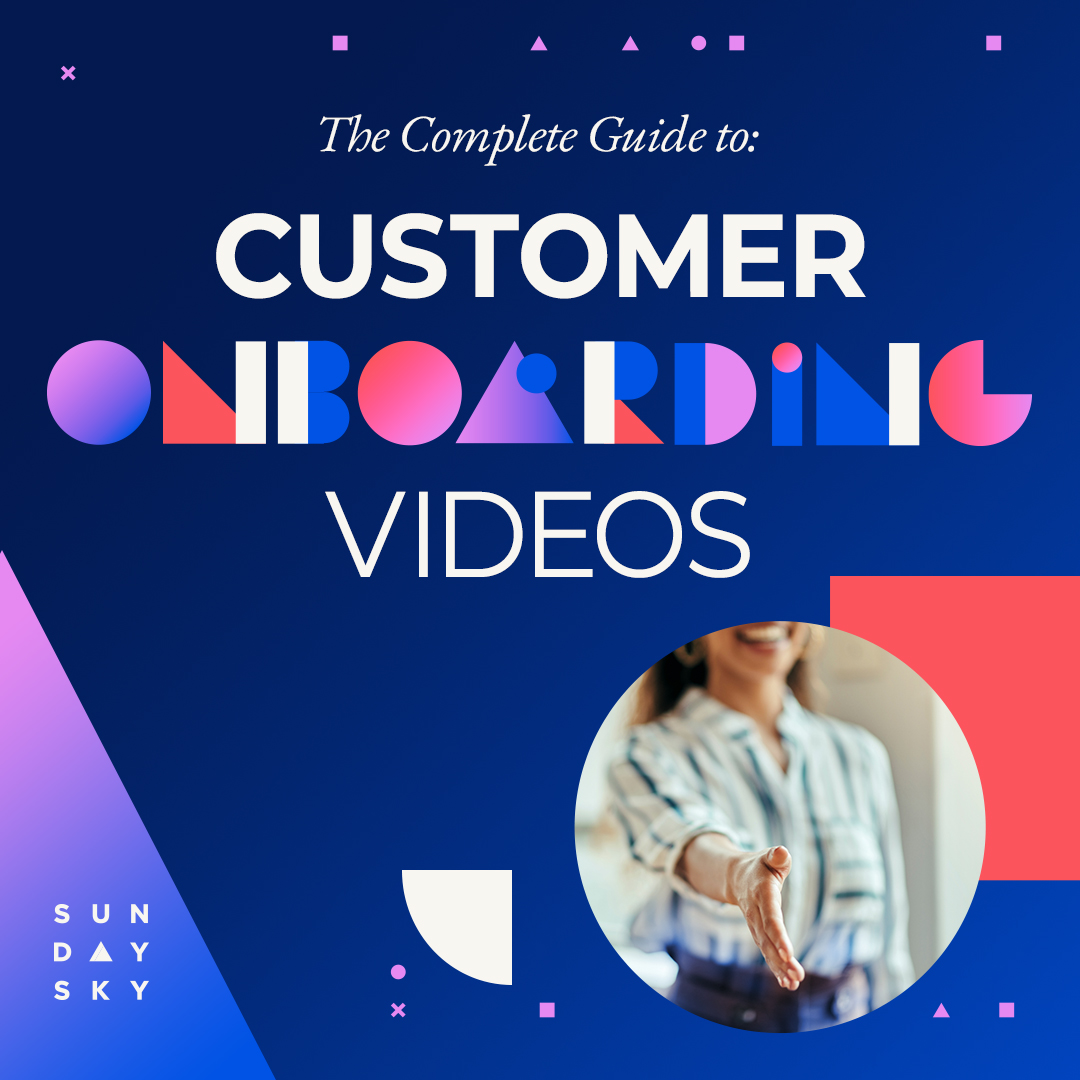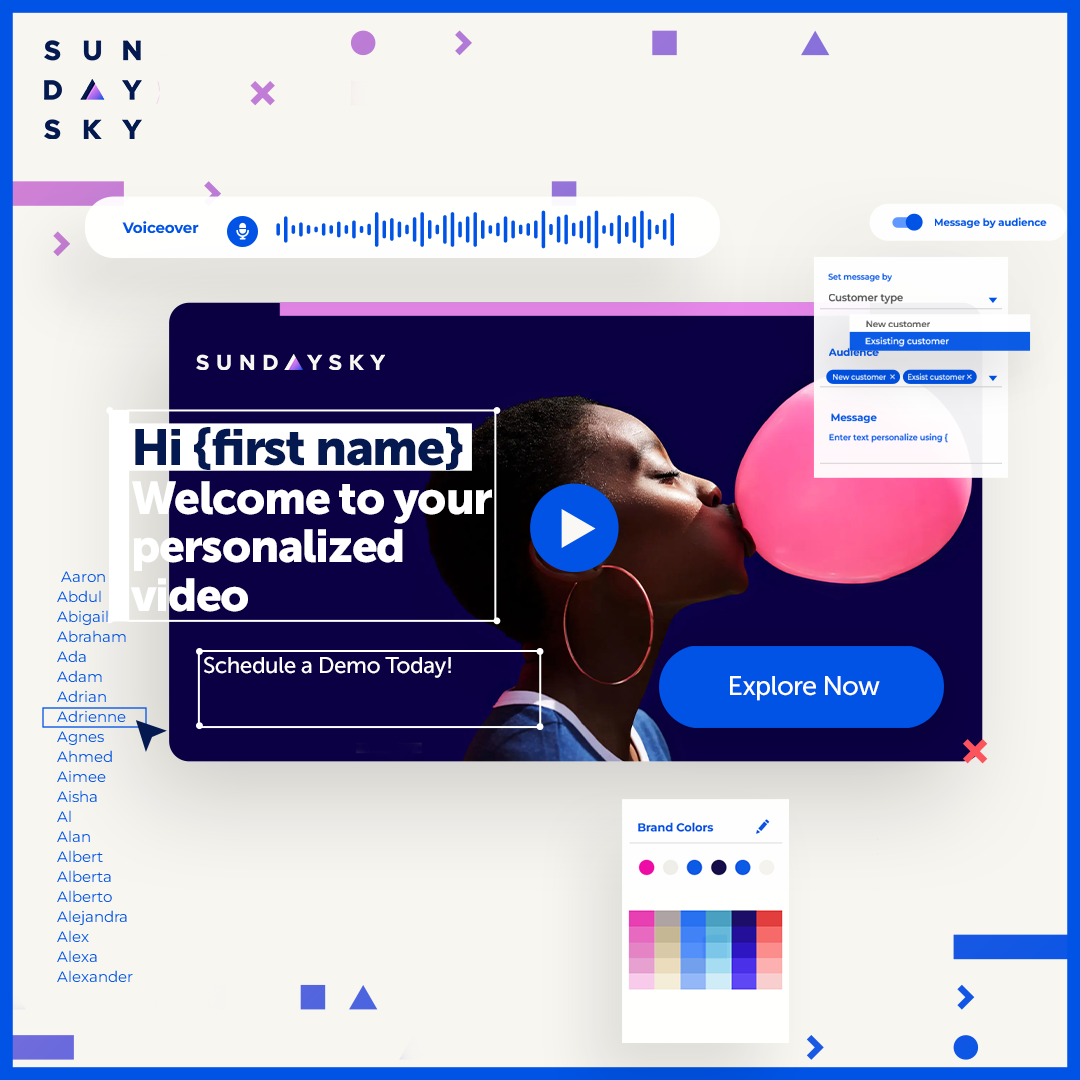Today, as you open your favorite social media site or news outlet, you’re inundated with information about artificial intelligence (AI). From manufacturing to financial services and everything in between, no field has been untouched by the wave of AI technologies coming to market to make video for business more efficient.
Within the last couple of years, AI video platforms and tools have revolutionized the video creation workflow, empowering businesses of all sizes to generate professional-quality content with unprecedented efficiency and scalability.
However, with so many AI-powered technologies available, finding the right one for your business can be overwhelming. A quick Google search reveals numerous options, each with its own set of features. Therefore, it’s important to carefully consider your organization’s specific needs and goals before choosing an AI video platform.
Here are five best practices for evaluating an AI-generated video platform when implementing video for business:
#1: Understand your Organization’s Video Goals
What are you trying to achieve with AI?
The first question to consider is what you want to achieve with an AI video platform. Some organizations aim to enhance their existing tasks, completing them more efficiently and on a larger scale, while others seek to complete new tasks without additional resources. Both pathways involve evaluating your existing resources’ skill set, your organization’s long-term AI strategy, and potential use cases for AI video in business.
By taking the time to understand your organization’s goals, you’ll gain insight into how AI can complement your existing resources rather than compete with them.
#2: Evaluate the current AI video platform marketplace
What AI video tools are out there?
With the recent influx of AI technologies, the marketplace is crowded, especially for video for businesses. There are three overarching categories of AI video platforms you should be familiar with:
- End-to-end AI video generators: These platforms offer a holistic approach to video production, covering everything from creation to distribution. Utilizing AI, users can generate fully realized videos complete with themes, animations, on-screen text, voiceovers, assets, and more. Examples of end-to-end AI video generators include SundaySky and Vidyard.
- AI video editor tools: These tools streamline the video editing process by leveraging AI to quickly perform tasks such as background removal, video resizing, length alteration, and more. While they don’t create videos from scratch, they significantly assist in the production process. Examples of AI video editors include Vimeo, Veed, Unscreen, Descript, and Media.io.
- AI text-to-video creators: This technology employs generative AI to produce videos, assets, or avatars based on a text prompt provided by the user. Users describe what they need, and AI generates a video accordingly. Examples of AI text-to-video creators include Creatify Labs, Pictory AI, Canva and Sora.
Your organization’s goals will dictate which category of AI video platform you should pursue. For instance, if your objective is to empower in-house experts to create videos more efficiently, investing in an AI video editor may be the best choice.
#3: Measure the potential effects of of AI-powered video on your business
How will this tool impact your business’ scale, efficiency, and expertise?
Now that the category of the AI video platform has been narrowed down, it’s crucial to conduct a benefit analysis to understand how this technology will impact your business.
Consider the specific results you aim to achieve with this tool. Ask yourself key questions such as:
- How will this tool impact scale, efficiency, and expertise within my business?
- Will it enable us to produce more videos quickly and without the need for additional headcount?
- Will it empower us to create content that was previously beyond our capabilities?
- Will it streamline decision-making processes and empower my team to make better-informed decisions?
It’s important to remember that a great AI video platform should improve scale, efficiency, and expertise without compromising on quality.
#4: Ensure safety, security, and compliance are safeguarded
How will your brand and data be protected?
Safety considerations are often overlooked in the assessment of an AI video platform, yet they are crucial, especially for enterprises concerned with protecting their data and brand integrity, such as financial institutions and healthcare insurers.
Safety can be assessed in terms of both inputs and outputs. Inputs include the data or information provided to the AI tool, which can be categorized as immediate user input or data-based input. It’s essential to understand how the AI tool handles and stores input data, as it may impact data privacy and security.
Outputs, on the other hand, refer to the results obtained from the AI tool based on the input provided. It’s important to ensure that outputs comply with copyright laws, rights protection, and indemnification, while also being free from biases. Additionally, assess whether the quality of the output aligns with your brand standards, or if human intervention is necessary to meet those standards.
While AI presents valuable opportunities, it’s imperative to safeguard against potential safety, security, and compliance risks to protect your data and uphold the quality of your brand.
#5: Establish success metrics
How will you measure an AI video platform’s short-term and long-term impact on your business?
Establishing success metrics is essential for evaluating the short-term and long-term impact of an AI video platform on your business. Like any other business decision, you need to determine how you will measure its effectiveness. Consider the following factors:
- Did the platform drive scale within additional video production efforts?
- Did it increase your team’s efficiency by streamlining workflows?
- Did it save your team time compared to traditional video creation methods? (One SundaySky customer created 6 videos in less than 2 hours with AI)
- Did it enhance your audience’s engagement with your video content?
- Did it contribute to driving customer acquisition or retention?
Success metrics may vary depending on your company’s goals and objectives. Refer back to the goals you established in the initial step to determine which metrics are most relevant for measuring overall success.
The Future of Video for Business Lies In AI
Now is the ideal time to embrace an AI enterprise video platform for your business. By leveraging AI, you can save valuable time and simplify video creation processes. With these five best practices, we hope you have a comprehensive understanding of how to identify the best AI-generated video platform to meet your needs and goals.
Considering an end-to-end AI video generator for your business? SundaySky is an all-in-one video platform revolutionizing how businesses create, personalize, and distribute video at scale. Schedule a demo today.












